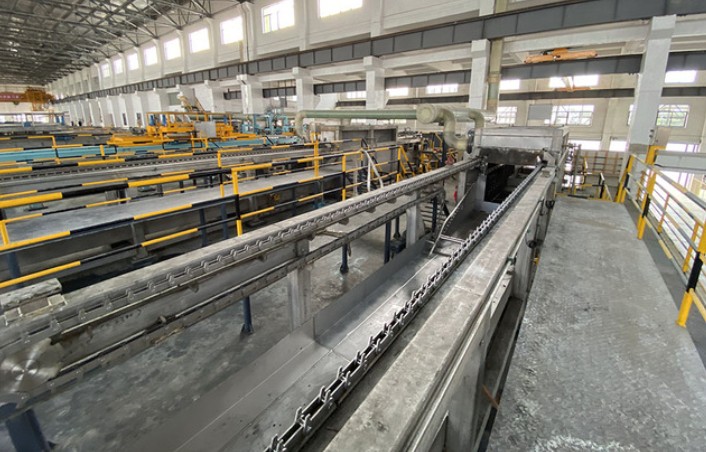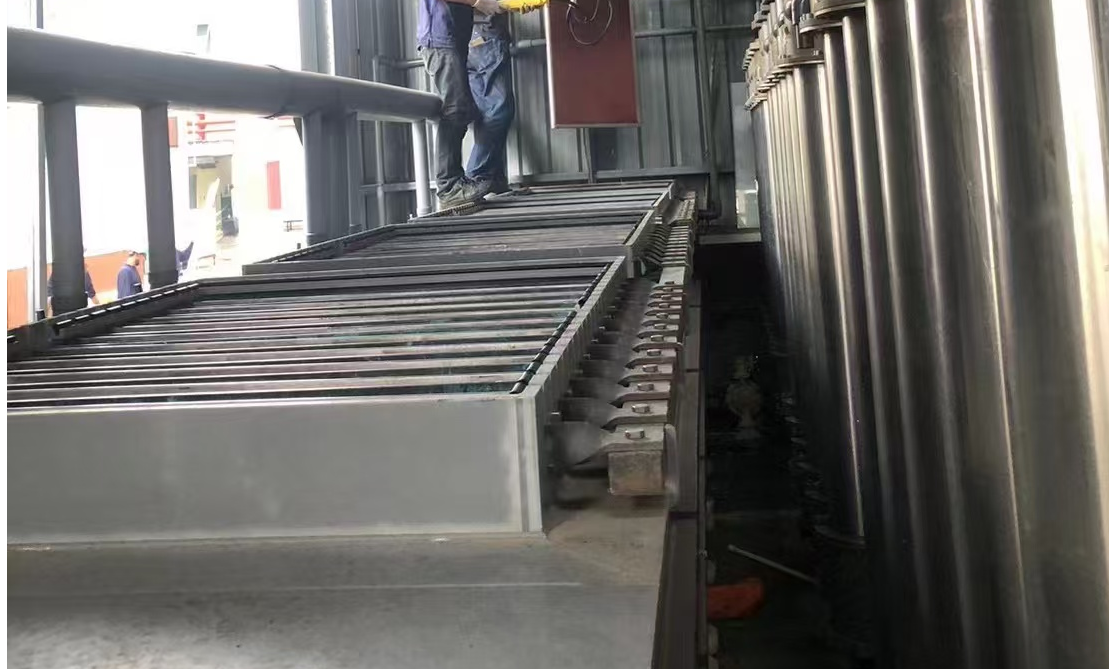PRODUCTS CENTER
Antimony slurry electrolysis cell is a key equipment for the extraction and refining of antimony metal. It is mainly used in the antimony metallurgical industry, especially for the treatment of complex minerals such as high-arsenic antimony gold concentrate. Through slurry electrolysis technology, antimony can be efficiently separated from elements such as arsenic and gold, and high-purity metallic antimony can be directly produced. The core is to efficiently separate antimony from ore or concentrate through the electrolysis process. The equipment is mainly composed of a tank body, an anode and a cathode, and a diaphragm is used to separate the anode chamber and the cathode chamber to prevent the reaction products from mixing. The diaphragm electrolysis cell is made of corrosion-resistant polypropylene plastic and reinforced with 316 stainless steel. The anode uses an inert electrode, such as a titanium-based coated electrode or a high-strength graphite electrode, and the cathode uses a stainless steel plate or a titanium plate. The electrolysis temperature is controlled at 40-60℃, the cell voltage is 2.0-3.0V, and the current density is 150-250A/㎡.
Antimony slurry electrolysis cell is a key equipment for the extraction and refining of antimony metal. It is mainly used in the antimony metallurgical industry, especially for the treatment of complex minerals such as high-arsenic antimony gold concentrate. Through slurry electrolysis technology, antimony can be efficiently separated from elements such as arsenic and gold, and high-purity metallic antimony can be directly produced. The core is to efficiently separate antimony from ore or concentrate through the electrolysis process. The equipment is mainly composed of a tank body, an anode and a cathode, and a diaphragm is used to separate the anode chamber and the cathode chamber to prevent the reaction products from mixing. The diaphragm electrolysis cell is made of corrosion-resistant polypropylene plastic and reinforced with 316 stainless steel. The anode uses an inert electrode, such as a titanium-based coated electrode or a high-strength graphite electrode, and the cathode uses a stainless steel plate or a titanium plate. The electrolysis temperature is controlled at 40-60℃, the cell voltage is 2.0-3.0V, and the current density is 150-250A/㎡.

